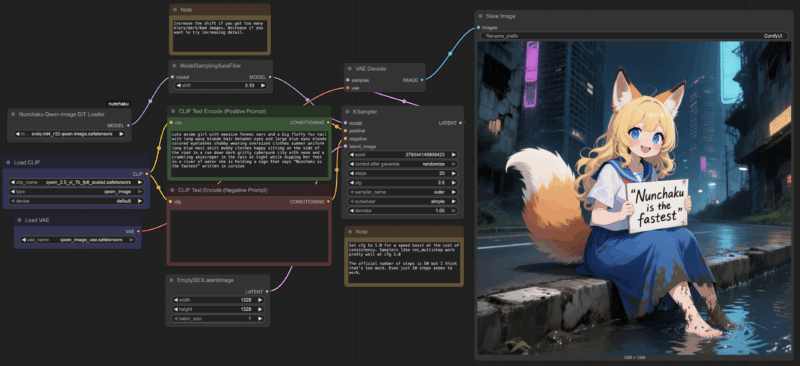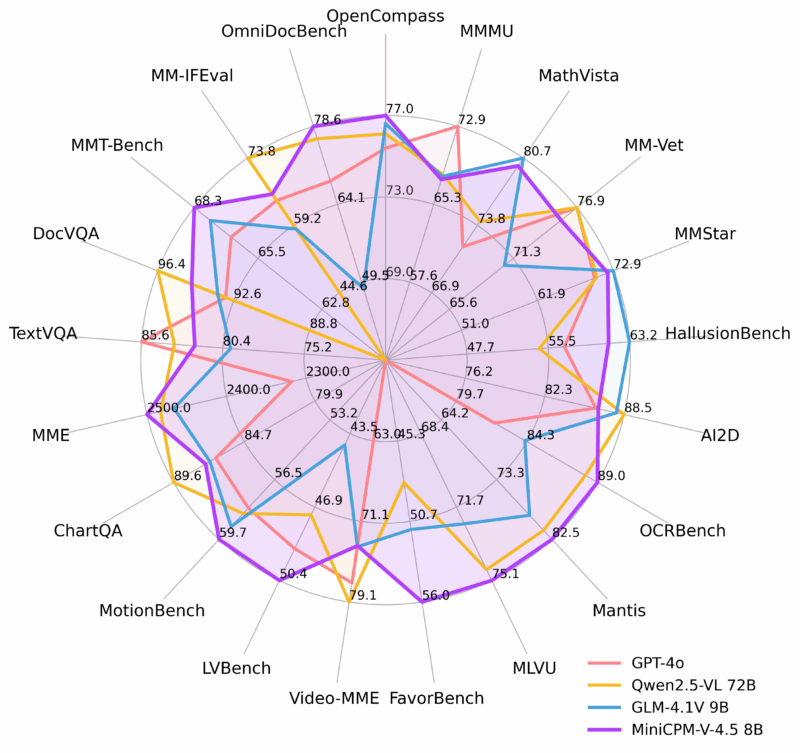Qwen3-0.6B
Qwen3 亮点
Qwen3 是 Qwen 系列中最新一代的大型语言模型,提供了一系列密集型和混合专家(MoE)模型。基于广泛的训练,Qwen3 在推理、指令执行、代理能力和多语言支持方面取得了突破性进展,具有以下关键特性:
- 在同一模型内无缝切换思维模式(适用于复杂逻辑推理、数学和编程)和非思维模式(适用于高效、通用对话),确保在各种场景下的最佳性能。
- 显著增强了其推理能力,在数学、代码生成和常识逻辑推理方面超越了之前的 QwQ(思维模式)和 Qwen2.5 指令模型(非思维模式)。
- 更优的人类偏好对齐,在创意写作、角色扮演、多轮对话和指令执行方面表现出色,提供更加自然、引人入胜和沉浸式的对话体验。
- 在代理能力方面的专长,能够在思维和非思维模式下与外部工具精确集成,并在复杂的基于代理的任务中达到开源模型中的领先性能。
- 支持 100 多种语言和方言,具备强大的多语言指令执行和翻译能力。
模型概述
Qwen3-0.6B 具有以下特点:
- 类型:因果语言模型
- 训练阶段:预训练 & 后训练
- 参数数量:0.6B
- 非嵌入参数数量:0.44B
- 层数:28
- 注意力头数(GQA):Q 为 16,KV 为 8
- 上下文长度:32,768
更多详细信息,包括基准评估、硬件要求和推理性能,请参阅我们的 博客、GitHub 和 文档。
[!TIP] 如果您遇到严重的无限重复问题,请参考 最佳实践 部分以获取最佳采样参数,并将
presence_penalty设置为 1.5。
快速开始
Qwen3 的代码已经在最新的 Hugging Face transformers 中可用,建议您使用 transformers 的最新版本。
使用 transformers<4.51.0 时,您会遇到以下错误:
KeyError: 'qwen3'以下是一个代码片段,展示了如何根据给定的输入使用该模型生成内容。
from transformers import AutoModelForCausalLM, AutoTokenizer
model_name = "Qwen/Qwen3-0.6B"
# load the tokenizer and the model
tokenizer = AutoTokenizer.from_pretrained(model_name)
model = AutoModelForCausalLM.from_pretrained(
model_name,
torch_dtype="auto",
device_map="auto"
)
# prepare the model input
prompt = "Give me a short introduction to large language model."
messages = [
{"role": "user", "content": prompt}
]
text = tokenizer.apply_chat_template(
messages,
tokenize=False,
add_generation_prompt=True,
enable_thinking=True # Switches between thinking and non-thinking modes. Default is True.
)
model_inputs = tokenizer([text], return_tensors="pt").to(model.device)
# conduct text completion
generated_ids = model.generate(
**model_inputs,
max_new_tokens=32768
)
output_ids = generated_ids[0][len(model_inputs.input_ids[0]):].tolist()
# parsing thinking content
try:
# rindex finding 151668 (</think>)
index = len(output_ids) - output_ids[::-1].index(151668)
except ValueError:
index = 0
thinking_content = tokenizer.decode(output_ids[:index], skip_special_tokens=True).strip("\n")
content = tokenizer.decode(output_ids[index:], skip_special_tokens=True).strip("\n")
print("thinking content:", thinking_content)
print("content:", content)对于部署,您可以使用 sglang>=0.4.6.post1 或 vllm>=0.8.5 来创建一个与 OpenAI 兼容的 API 端点:
- SGLang:
python -m sglang.launch_server --model-path Qwen/Qwen3-0.6B --reasoning-parser qwen3 - vLLM:
vllm serve Qwen/Qwen3-0.6B --enable-reasoning --reasoning-parser deepseek_r1
对于本地使用,Ollama、LMStudio、MLX-LM、llama.cpp 和 KTransformers 等应用程序也已经支持 Qwen3。
切换思考与非思考模式
[!TIP] 在 SGLang 和 vLLM 创建的 API 中也可以使用
enable_thinking开关。请参考我们的文档以获取 SGLang 和 vLLM 用户的相关信息。
enable_thinking=True
默认情况下,Qwen3 启用了思考能力,类似于 QwQ-32B。这意味着模型将利用其推理能力来提高生成回复的质量。例如,当显式设置 enable_thinking=True 或在 tokenizer.apply_chat_template 中保持默认值时,模型将进入思考模式。
text = tokenizer.apply_chat_template(
messages,
tokenize=False,
add_generation_prompt=True,
enable_thinking=True # True is the default value for enable_thinking
)在这种模式下,模型会生成被 `
…





暂无评论内容